
UWB Product Testing and Certification
Certification Overview
ULtra Wide Band (UWB) is a wireless communication technology that utilizes a frequency bandwidth above 1GHz.
UWB technology offers advantages such as low system complexity, low power spectral density of transmitted signals,
resistance to channel fading, low interception capability, and high positioning accuracy. It is particularly suitable
for high-speed wireless access in dense multipath environments, such as indoor settings.
China's JJR Laboratory has obtained radio frequency testing authorization in multiple countries and regions.
It has built standard-compliant testing facilities, introduced specialized testing equipment, and assembled
a professional technical team to provide customers with a one-stop regulatory compliance testing and certification
solution for UWB products.
Product Scope
Products utilizing UWB technology, including but not limited to:
- Automotive digital keys
- Locators
- Trackers
- Speakers
- Radars
- Tags
- Wristbands
- Watches
- Base stations
- Human body sensors
Certification Standards
China:
- MIIT No. [2021] 181 – Interim Regulations on the Radio Management of Automotive Radar issued by the
Ministry of Industry and Information Technology (MIIT)
- MIIT No. [2010] 641 – Notice on Frequency Usage Regulations for Ultra Wide Band (UWB) Technology
European Union:
- ETSI EN 302065-1/-2/-3 series
- ETSI EN 303883
- ETSI EN 305550
- ETSI EN 301091 series
United States:
- FCC CFR 47
- PAR15C, PAR15E, fcc part 15F
- PART22/24/25/27/74/90/95/97/101, etc.
Canada:
- RSS-GEN
- RSS-210
- RSS-220
- RSS-251, etc.
Japan:
- Article 2-1-47
- Item 8 of Article 2 Paragraph 1
- Item 47-2 of Article 2 Paragraph 1
- Item 47-3 of Article 2 Paragraph 1
- Item 47-4 of Article 2 Paragraph 1, etc.
Email:hello@jjrlab.com
Write your message here and send it to us
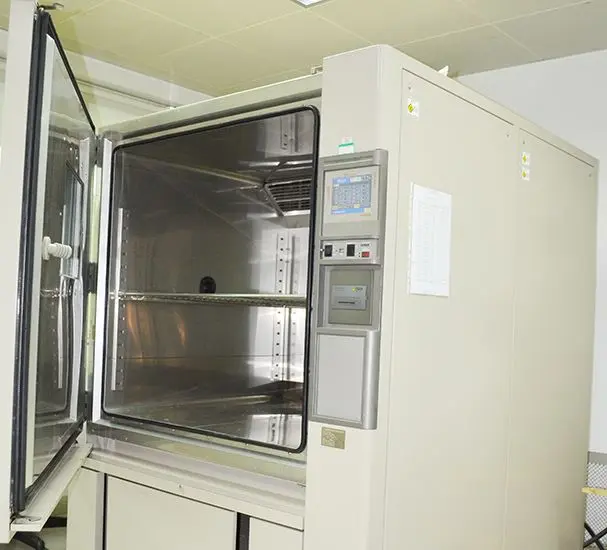 How to Test IP68 Rating
How to Test IP68 Rating
 Differences Between FDA and LFGB for Food Contact
Differences Between FDA and LFGB for Food Contact
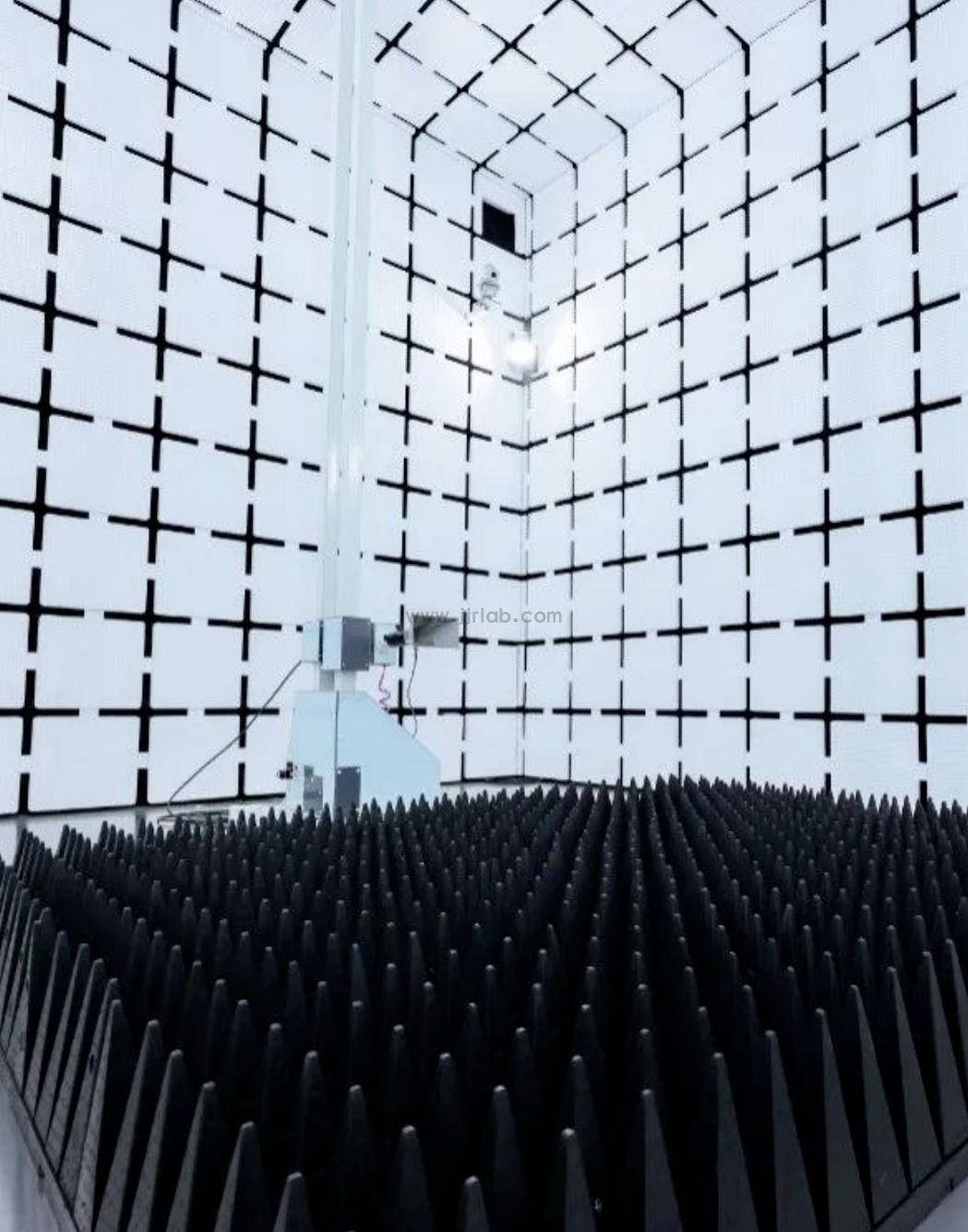 Process and Precautions for Amazon CPC Certificate
Process and Precautions for Amazon CPC Certificate
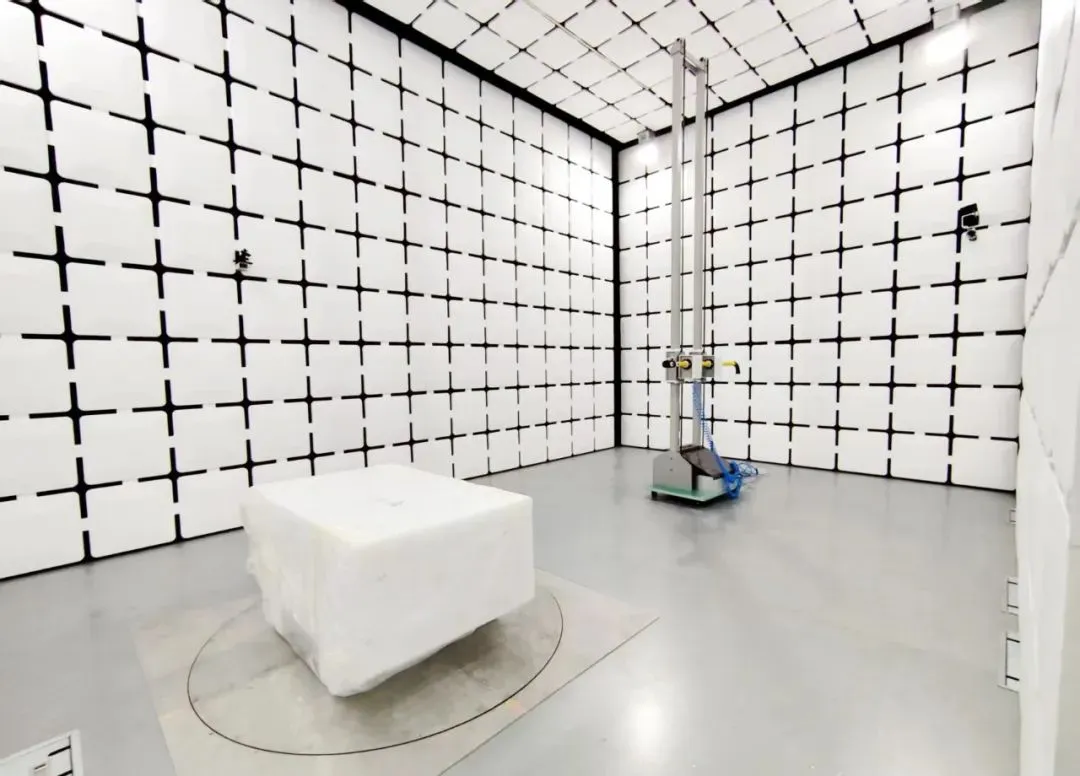 E-mark Certification Testing Service Laboratory
E-mark Certification Testing Service Laboratory
 Amazon ISO/IEC 17025 UL Testing Service Laboratory
Amazon ISO/IEC 17025 UL Testing Service Laboratory
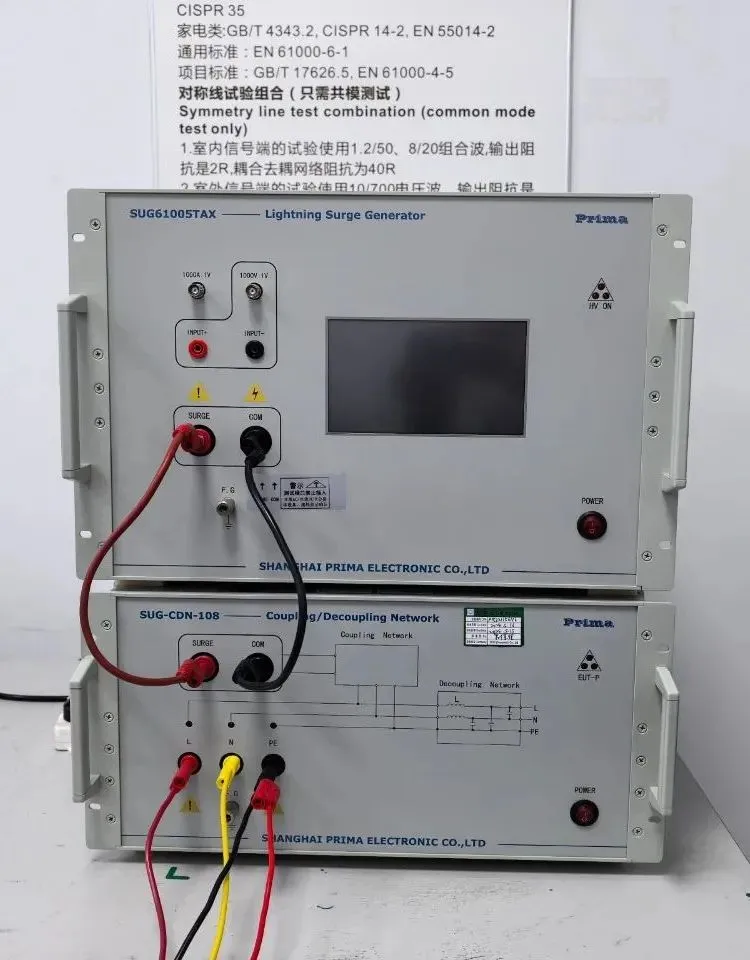 How to get CE Certification for Lighting Products?
How to get CE Certification for Lighting Products?
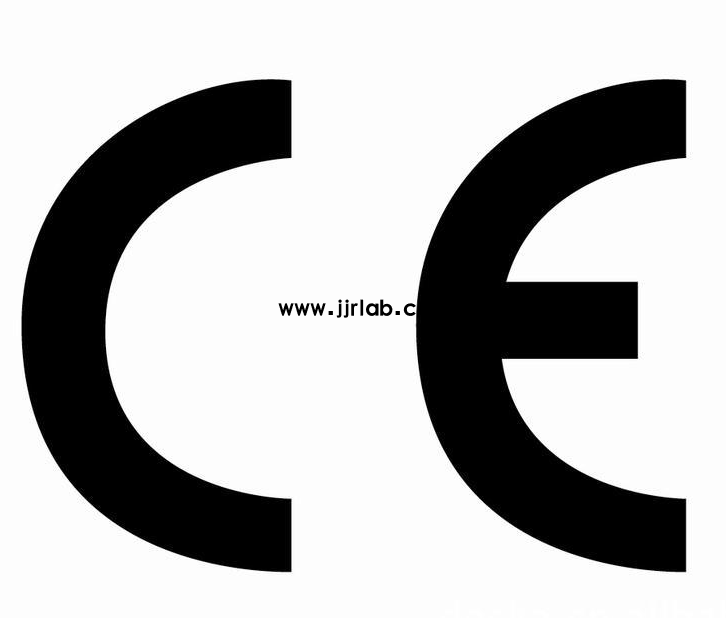 CE Certification Standards & Process for Elect
CE Certification Standards & Process for Elect
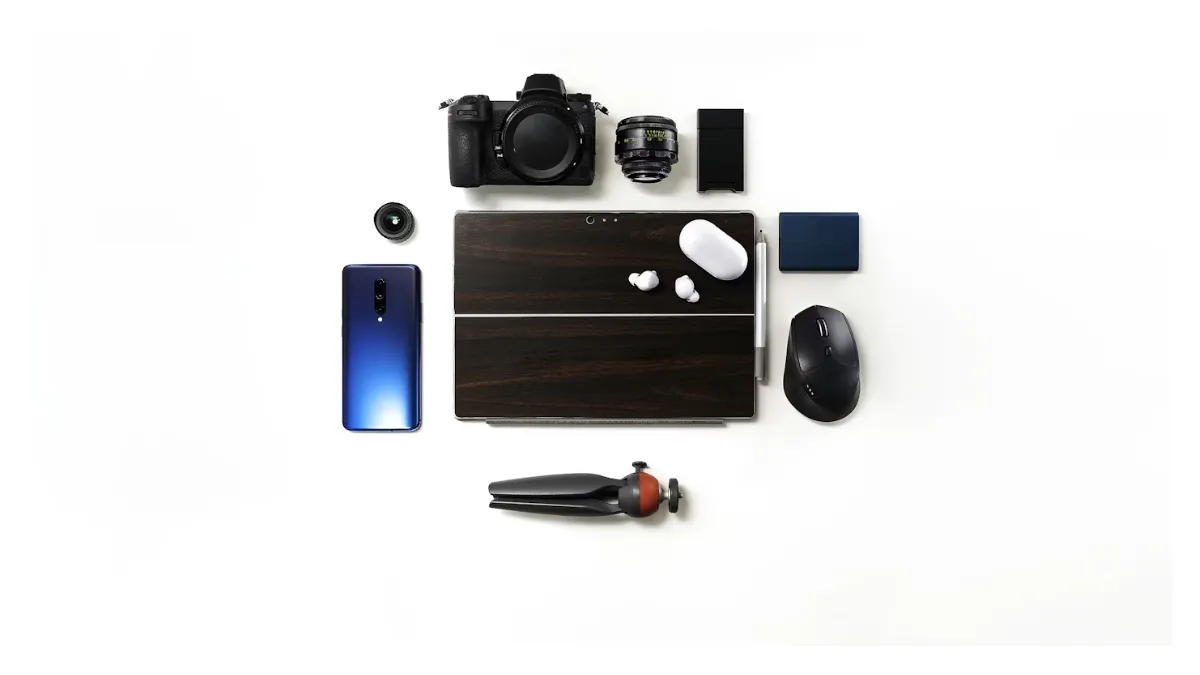 Japan METI Registration & Japanese Agent Servi
Japan METI Registration & Japanese Agent Servi
Leave us a message
24-hour online customer service at any time to respond, so that you worry!




